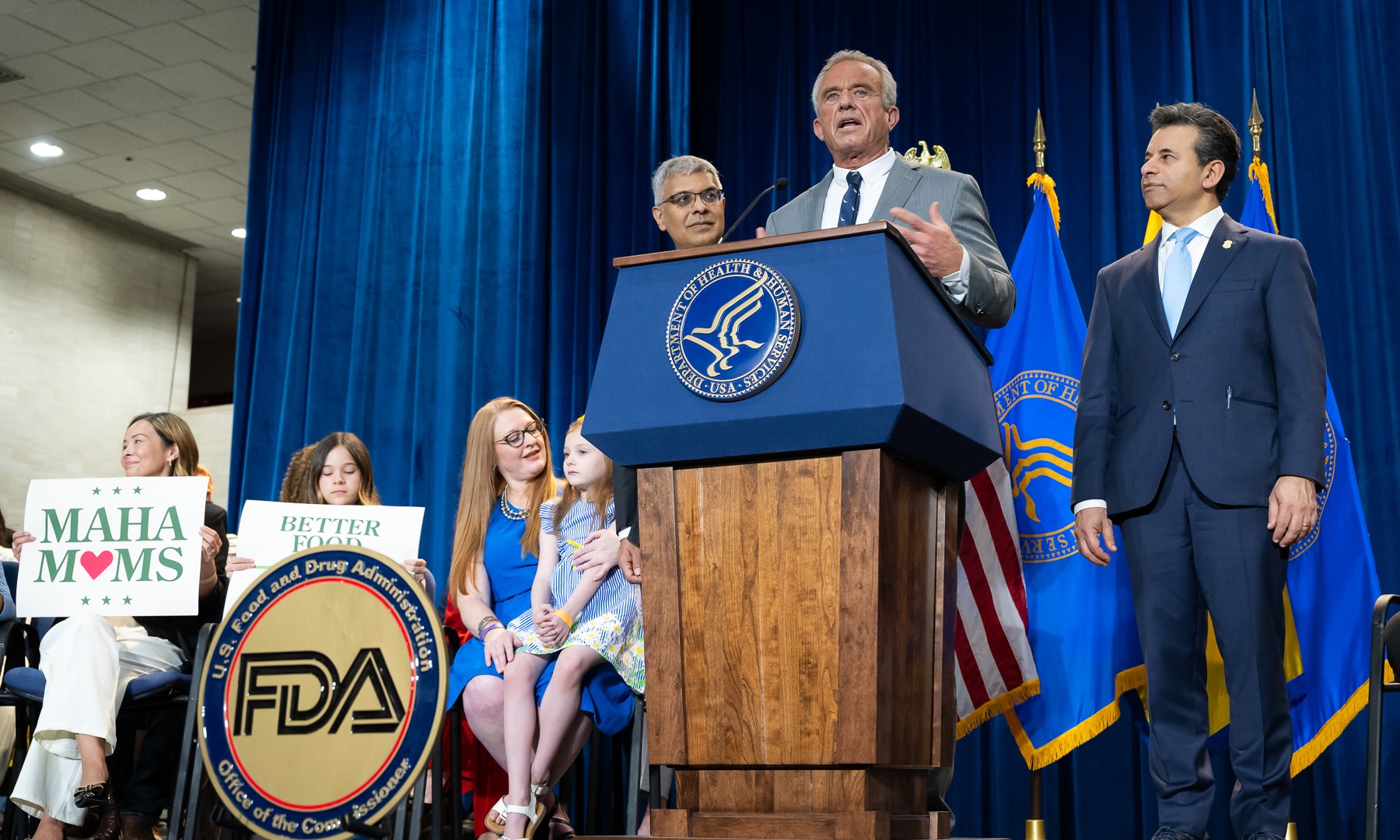In the growing debate over prescription drug prices in the United States, two competing approaches have emerged — one rooted in political dealmaking and the other in structured government policy. As attention turns to upcoming Medicare drug price negotiations, the tension between short-term agreements and long-term reform is becoming increasingly visible.
Former President Donald Trump has recently highlighted a series of new deals with pharmaceutical companies aimed at reducing the cost of popular weight loss and diabetes medications, such as Wegovy and Zepbound. These voluntary agreements, he claims, will help make treatments more accessible to Americans. However, while these announcements have generated significant media attention, Trump has said little about a government-led effort expected to have a far broader and more lasting impact — the Medicare drug price negotiation program, introduced under President Joe Biden’s Inflation Reduction Act of 2022.
The program grants Medicare the power to negotiate directly with drug manufacturers on some of the country’s most expensive medications, aiming to bring sustainable relief to millions of older adults. According to the Centers for Medicare and Medicaid Services (CMS), the second round of negotiated prices is set to be released by the end of November, covering 15 prescription drugs — including Ozempic and Wegovy — compared with 10 in the previous cycle. Although the new rates will not take effect until 2027, experts believe this process represents one of the most consequential steps toward lowering drug costs in U.S. history.
Differing perspectives on pharmaceutical cost restructuring
The divergence between Trump’s method and the organized Medicare negotiation framework has captured the interest of health policy specialists. Trump’s tactic relies extensively on presidential directives and voluntary agreements with drug manufacturers, rather than on statutory structures. His administration recently finalized accords with Novo Nordisk and Eli Lilly, the producers of Wegovy and Zepbound, to lower the costs of specific dosages. In return, these arrangements reportedly encompass tariff exemptions and expedited Food and Drug Administration (FDA) evaluations for novel medications — although the specifics are still unclear.
Critics contend that these types of agreements might yield immediate political wins instead of enduring resolutions. “These impromptu discussions seem to favor public declarations over fundamental reform,” stated Dr. Benjamin Rome, a health policy expert at Harvard Medical School. Rome highlighted that although reducing medication costs via executive decree could provide instant recognition, it lacks the foresight and responsibility inherent in the Medicare negotiation structure.
The voluntary deals, while potentially beneficial for specific drugs, also raise questions about transparency and consistency. Without clear oversight or formal cost-control mechanisms, experts remain uncertain about whether they will translate into meaningful savings for patients. Meanwhile, the Medicare negotiation program, by contrast, sets out a legal and repeatable process intended to lower costs for a growing list of drugs over time.
The importance of Medicare’s bargaining power
The Inflation Reduction Act brought about a monumental change by empowering Medicare, the country’s foremost purchaser of prescription medications, with the ability to negotiate directly with drug producers. Prior to its enactment, the federal government was prohibited from price negotiations, allowing pharmaceutical firms to establish costs with minimal oversight.
The initial phase of discussions, unveiled in 2024, focused on ten expensive medications, among them the anticoagulant Eliquis and various therapies for cancer and diabetes. These preliminary accords, slated to commence in 2026, were estimated to reduce out-of-pocket costs for Medicare beneficiaries by approximately $1.5 billion in their inaugural year. The subsequent phase, currently in progress, is anticipated to yield an even more substantial effect, as it encompasses drugs that have experienced a dramatic surge in popularity, such as the GLP-1 category utilized for diabetes management and weight reduction.
The Congressional Budget Office (CBO) projects a significant decrease in the negotiated costs of Ozempic and Wegovy by 2027, leading to an approximate one-third reduction in Medicare’s per-patient expenditure for these medications. This trend is expected to compel rival drugs, such as Mounjaro and Zepbound, to lower their prices, thereby increasing overall market savings.
For experts like Stacie Dusetzina, a health policy professor at Vanderbilt University, these developments reflect how formal negotiations can drive real market change. “We’re all awaiting the official release of the new prices,” she said. “It’s entirely possible that the anticipation of these negotiations has already influenced other pricing decisions.”
Political narratives and economic realities
Despite the program’s promise, the Trump administration has mostly refrained from commenting on it. The White House, instead, consistently emphasizes its voluntary agreements with drug manufacturers as proof of its dedication to reducing expenses. In a formal declaration, spokesperson Kush Desai asserted that although Democrats “promoted the Inflation Reduction Act,” it ultimately “raised Medicare premiums,” contending that Trump’s direct negotiations with pharmaceutical companies are yielding “unprecedented” outcomes.
Health policy experts, however, advise against dismissing the Medicare negotiation process as ineffective. They point out that while voluntary agreements might attract notice, they cannot substitute for structured policy changes enshrined in legislation. “The Inflation Reduction Act’s negotiation initiative is not only operational but also growing,” stated Tricia Neuman, executive director of the Medicare policy program at KFF. “It’s intended to reduce the cost of many more medications over time.”
Experts also point out that pharmaceutical companies face strong incentives to cooperate with Medicare. Refusing to participate in negotiations could mean losing access to one of the largest and most lucrative prescription markets in the world — a move few drugmakers are willing to risk. Several companies have challenged the negotiation authority in court, but none have succeeded in halting the process.
Rome reiterated that the negotiation framework established by CMS is deliberate and resilient. “This process has been carefully structured and will continue year after year,” he said. “It’s unlikely that side agreements, even with major manufacturers, will disrupt it.”
A broader impact on healthcare affordability
The discussion surrounding optimal strategies for lowering pharmaceutical expenses highlights a more fundamental inquiry into the trajectory of healthcare policy within the United States. Data from KFF indicates that one out of every five adults foregoes necessary prescriptions due to their expense, a clear illustration of the financial strain experienced by countless Americans. For senior citizens living on fixed incomes, the distinction between a temporary price cut and a lasting decrease in cost can dictate their ability to reliably obtain their essential medications.
By establishing a structured negotiation process within Medicare, the Inflation Reduction Act aims to build a consistent system that progressively grows. With each subsequent phase, additional medications are included, incrementally transforming the financial landscape of the pharmaceutical sector. Should it achieve its objectives, this initiative has the potential to forge an enduring paradigm for harmonizing innovation, accessibility, and responsibility.
Meanwhile, Trump’s ad hoc agreements underscore the challenges of balancing politics with policy. Voluntary deals may deliver quick headlines and selective savings, but without systemic oversight, their long-term benefits remain uncertain. Experts warn that relying solely on private agreements could leave gaps in affordability and undermine efforts to establish consistent nationwide standards for pricing.
As the nation awaits CMS’s release of the new negotiated prices later this month, the contrast between these two strategies has never been clearer. On one hand, Trump’s approach relies on negotiation through influence — emphasizing speed and visibility. On the other, the Medicare program operates through legislation and institutional authority, prioritizing stability and fairness over immediate results.
The outcome of these approaches may shape the future of prescription drug policy for years to come. For millions of Americans struggling with rising medication costs, the stakes could not be higher.
Ultimately, both methods reflect competing philosophies about governance and market control. While voluntary deals may offer short-term relief, structured negotiations promise something more enduring — a shift in how the country values health, fairness, and accountability in its most essential systems.






